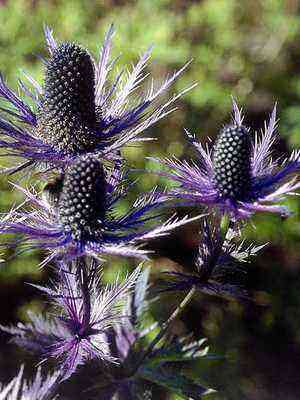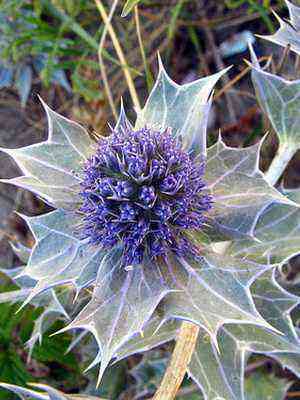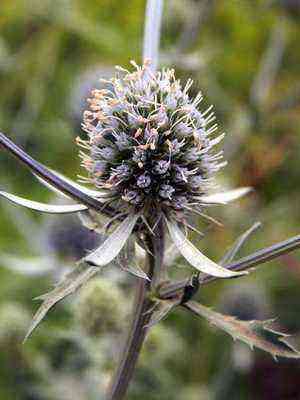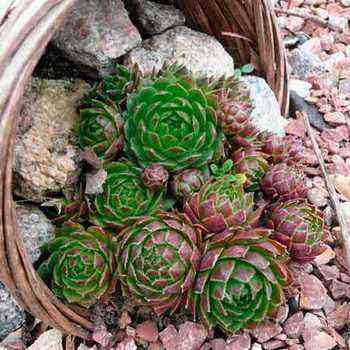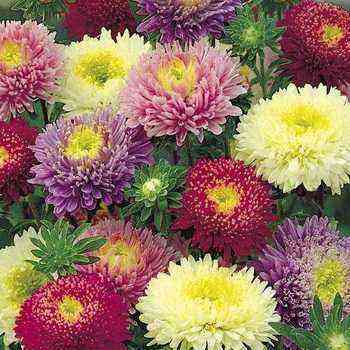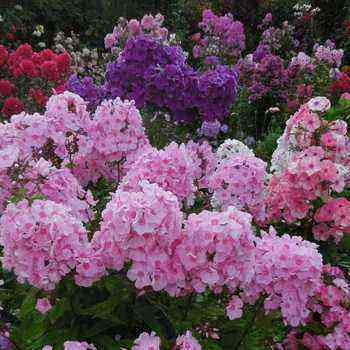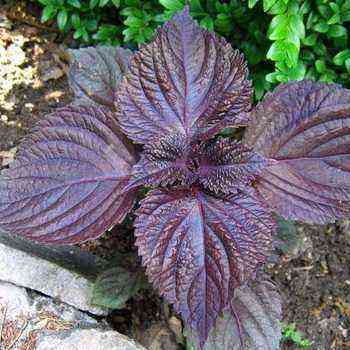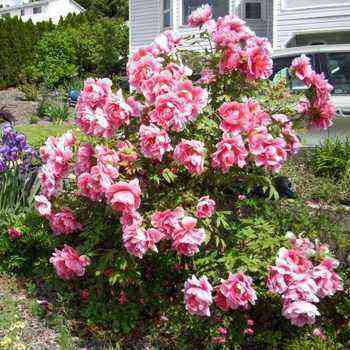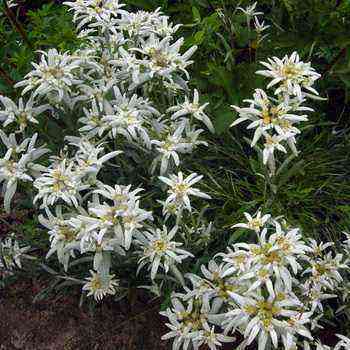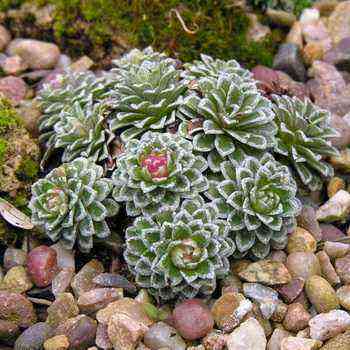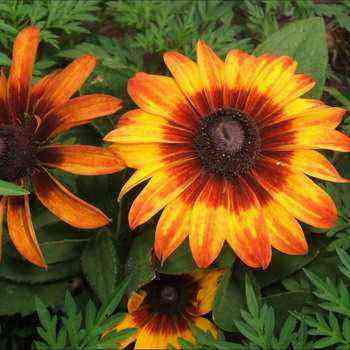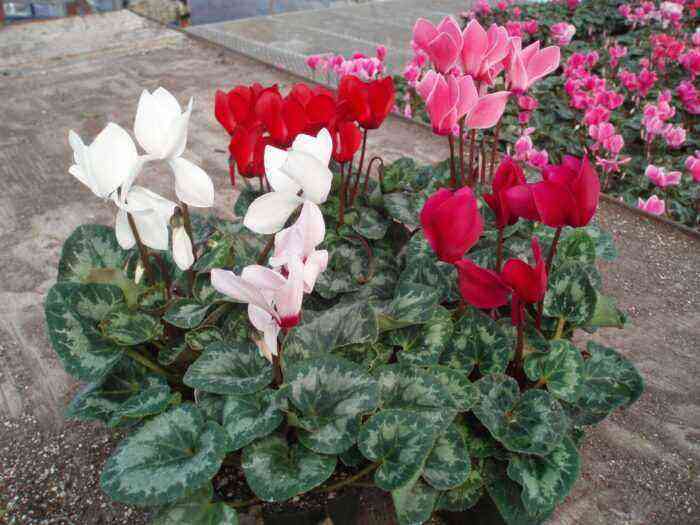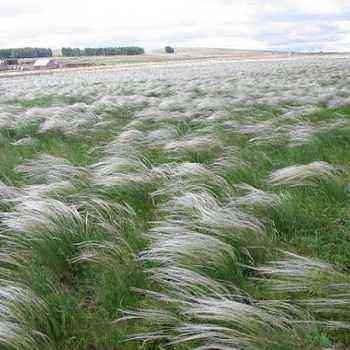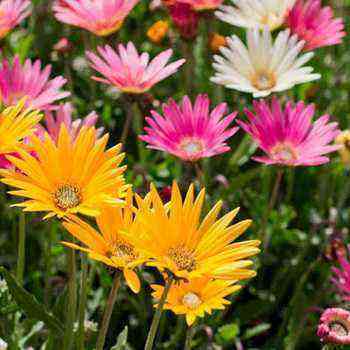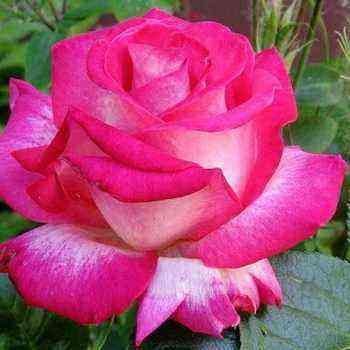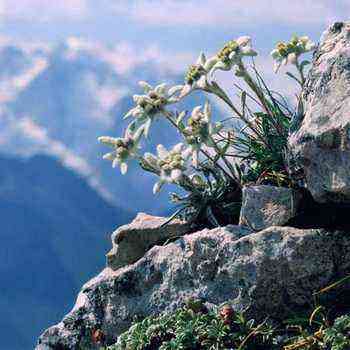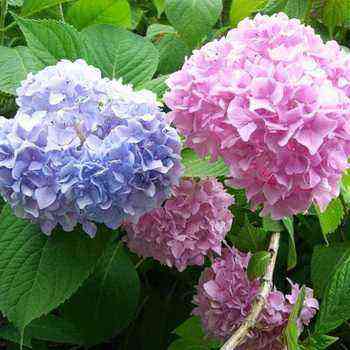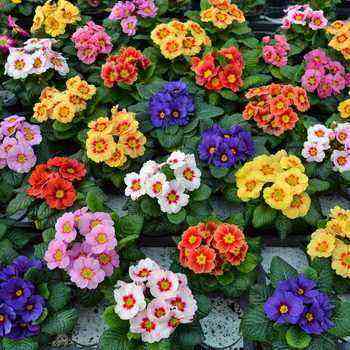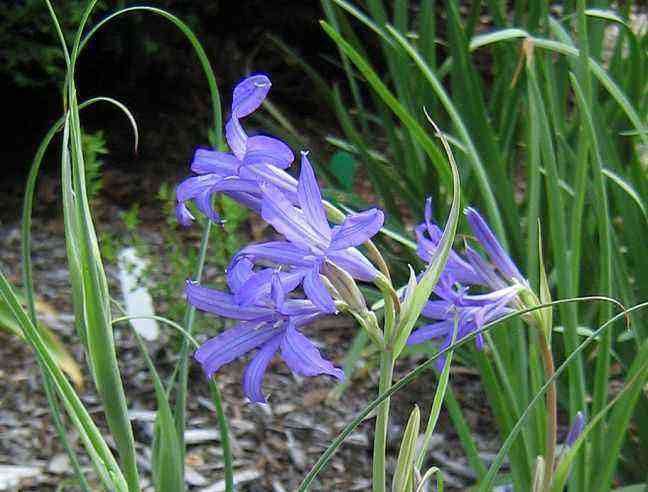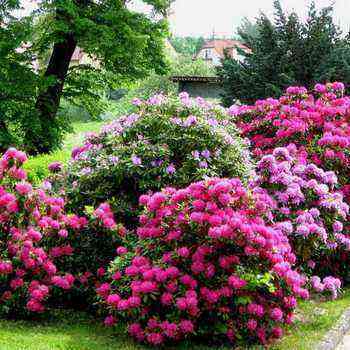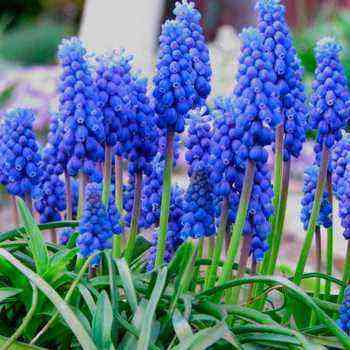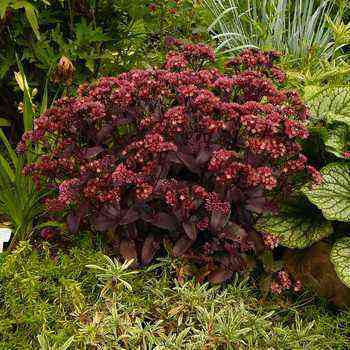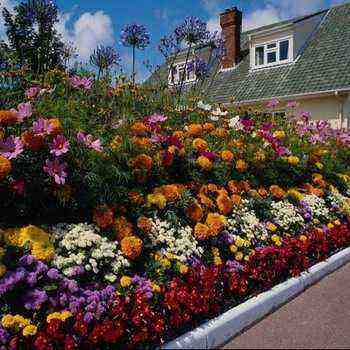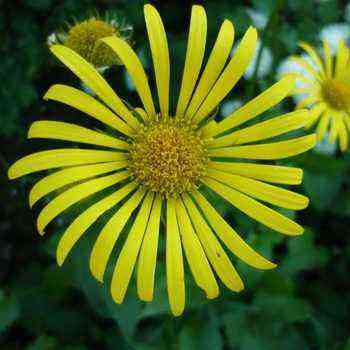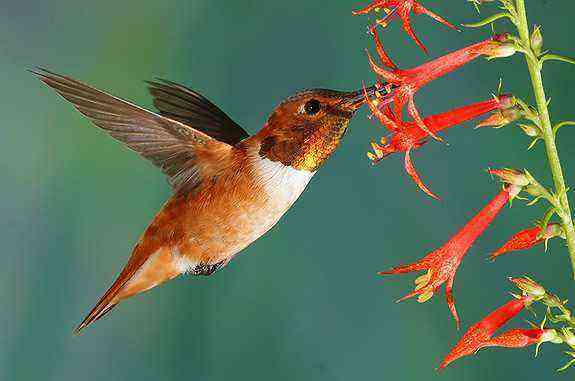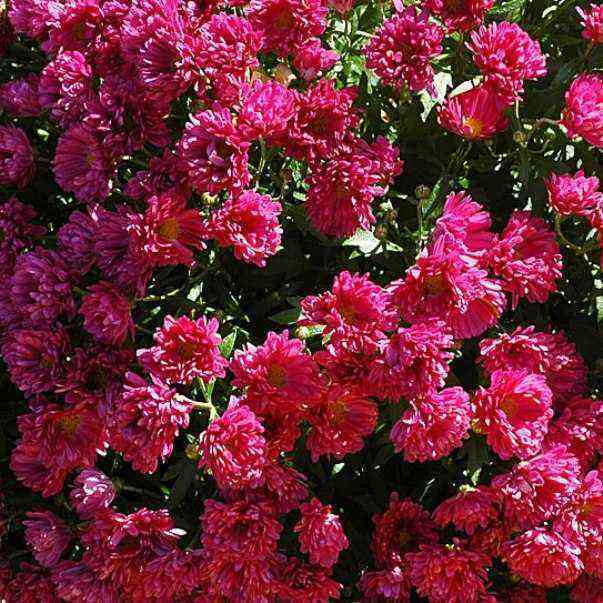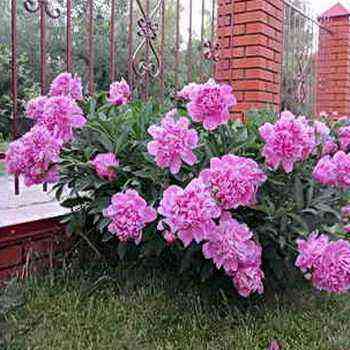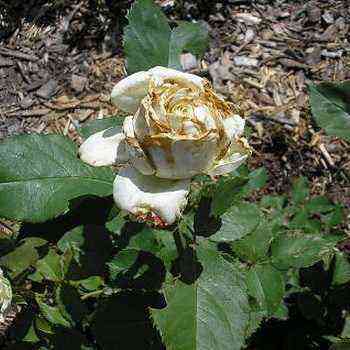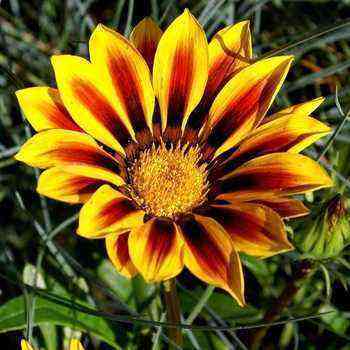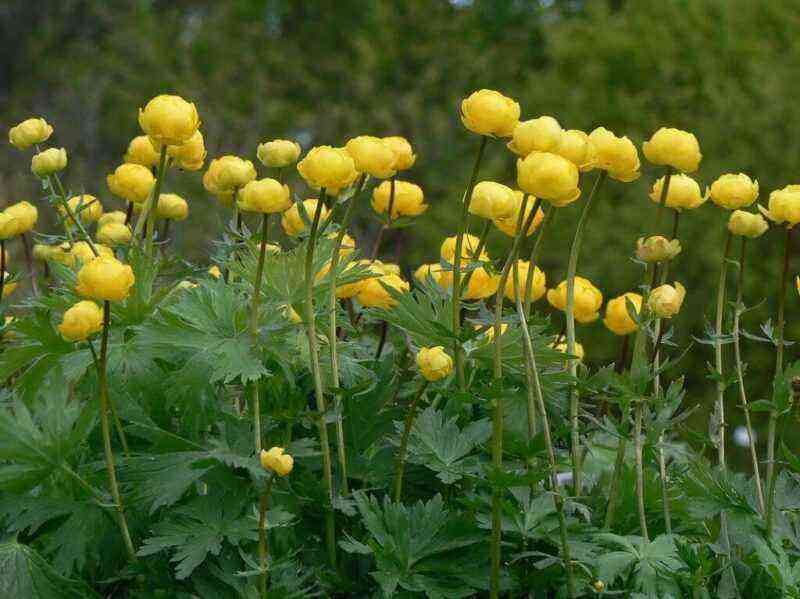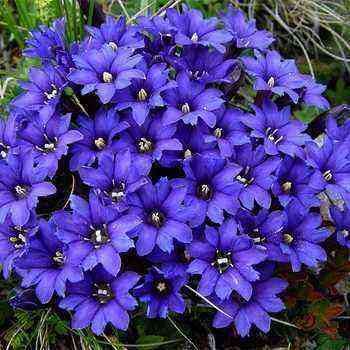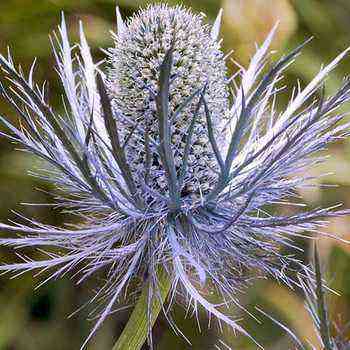
Class: dicotyledons (Dicotyledones).
Procedure: umbrella-flowered (Umbelliflorae).
Family: umbrella (Umbelliferae).
Sort by: eryngium (Eryngium).
Type: alpine bluehead (E. alpinum).
Alpine bluehead is a rhizome perennial with erect shoots up to 70 cm high.In this article, we will tell you about the places of growth, the meaning and use of the bluehead, the biology of its development, and show a photo of the alpine bluehead.
The basal leaves of the plant are long-petiolate, kidney-shaped or heart-shaped, bright green, with a serrated edge and up to 15 cm long. Stem leaves are sessile, finger-dissected into pointed thorny lobes.
As you can see in the photo, the flowers of the erythematosus are small, regular, with a blue corolla, collected in a cylindrical capitate inflorescence, which is up to 4 cm long and surrounded by bracts, like a collar. By themselves, the flowers of the erythematosus are thorny, painted in blue, green, white or gray.
The fruit is dry – a dark brown prickly two-seedling up to 0,5 cm long.
Populations of the grass erythematosus are scattered across the Alps. Most of the range is located in France, where 38 locations are known in the Rhône-Alpes and Provence-Alpes-Côte d’Azur, as well as in Austria. In Slovenia and Italy, several small populations remained, and the plant disappeared from some of its habitats. In Switzerland and Liechtenstein, the state of the species is stable due to reintroduction.
The bluehead plant is found in the mountains at an altitude of 1500 to 2000 m in communities of other tall grasses, among bushes, in open places and often in avalanche corridors.
The species is characterized by seed renewal. In culture, it is sometimes possible to propagate it vegetatively – by dividing the rhizome. The plant blooms in summer, pollinated by insects, mainly bees. The seeds ripen in autumn, are spread by animals and humans, clinging to wool and clothing, respectively.
The soft and wide basal leaves of the alpine erythematosus perform the function of photosynthesis, and the thorny and hard upper leaves serve for protection and decoration.
Applying erythematous flowers
Alpine erythematosus is a popular garden plant in Southern Europe. It is good as a tapeworm and in group planting. It is appreciated for its spectacular inflorescences with bright stipules, which persist for a long time on peduncles, as well as for its endurance and unpretentiousness to the conditions of detention.
Most often grown erythyst erythyst (E.amethystinum), giant (E. giganteum), flat-leaved (E. planum), proteifloral (E. proteiflorum) and seaside (E. maritimum), as well as variegated Tsabel (E. x zabelii) – a hybrid of Alpine and Bourget blueheads (E.bourgatii).
The use of erythematosus is due to the content of saponins and essential oil in the plant. Infusions and decoctions of flat-leaved and field erythematosus (E. campestre) are used in folk medicine for diseases
This herb in the German tradition has the same meaning as thistle. In the Middle Ages, the prickly flowers of the erythematous were attributed to the property of scaring away evil spirits.
Despite the fact that the species grows in protected areas, grazing, ski tourism and uncontrolled collection for bouquets remain the main threat factors for it. The area of the alpine erythematosus is less than 2000 km2 and is decreasing along with its number. The species has been introduced into cultivation and is protected throughout its range.
